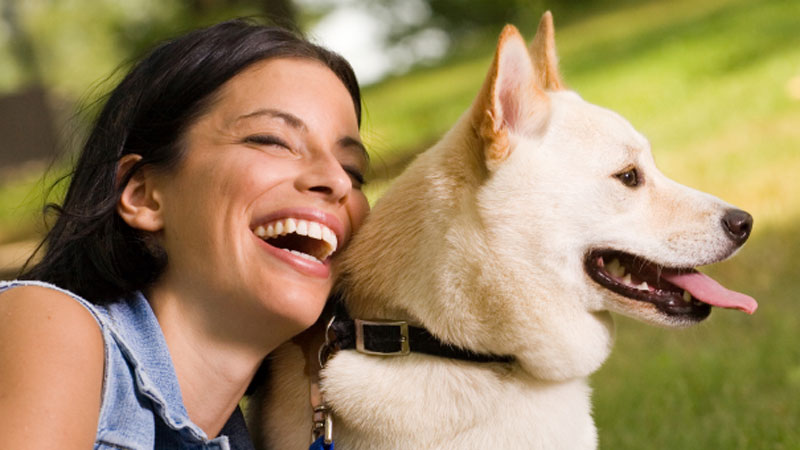Mast Cell Tumours
Mast cell tumours (MCT) are one of the most commonly diagnosed cancers in dogs. Mast cells are a type of inflammatory cell that are normally found in the skin, lungs, and gastrointestinal tract. MCT often appear swollen and inflamed and can fluctuate in size. The vast majority of MCT occur in the skin because this is the organ that contains the most mast cells normally.
MCT vary significantly in their aggressiveness so are graded from 1-3. The higher the grade of tumour the more likely it is to spread throughout the body. For this reason, tumour grade has a huge impact on the treatment decision making process.
Some breeds are especially prone to developing MCT`s, these include Boxers, Cocker Spaniels and Labradors, but any dog can be affected. Other than this genetic link it is unknown why dogs develop them. They are mostly seen in middle age but can affect younger dogs.
MCT are suspected if there is a new lump within or under the skin. They are often raised and red in appearance but can easily be mistaken for more benign masses such as cysts or lipomas. For this reason, if a MCT is suspected a simple diagnostic procedure called a fine needle aspirate (FNA) can be performed. This is done without sedation in a normal appointment - a needle is introduced into the mass and a syringe is used to suck out cells from the mass, these are squirted onto a slide and examined under a microscope for evidence of mast cells.
Once a MCT has been confirmed by a FNA as excisional biopsy is usually performed. The majority of low grade MCT can be cured by surgical excision so patients will be operated on as soon as possible and a wide margin taken around the mass. This is then sent for histological examination to confirm diagnosis, ascertain the grade of the tumour and ensure there are clear tumour free margins. It is advised that there should be 1cm of tumour free tissue around grade 1 tumours. If this has not been achieved in the primary resection a further operation should be performed to ensure these important margins. This is critical to prevent tumour recurrence. Intermediate grade 2 tumours can still be cured by surgical resection but require a wider 2-3cm margin of excision. It is also important to resect enough tissue beneath the tumour as well as laterally.
High grade MCTs often appear more aggressive on first inspection. They occur rapidly, are big, inflamed and can discharge blood or serum. There is often an indistinct border between normal and cancerous tissue. Unfortunately, many of these grade 3 tumours have already spread around the body before diagnosis so surgical intervention can be supported with chemotherapy or radiotherapy.
Other instances where chemotherapy or radiotherapy may be preferred is when the position of the tumour means tumour free margins are impossible to obtain, such as on the face or lower limb. Radiotherapy is often used post operatively when there has been incomplete tumour removal and further resection is impossible. Most dogs tolerate this very well with few side effects although it must be administered to the patient under anaesthetic. Chemotherapy is used in metastatic disease where the tumours have already spread. It has a variable success rate however most drugs used are well tolerated.
It should be remembered that most dogs diagnosed with MCTs have low grade tumours that can be successfully cured with a wide surgical excision.


